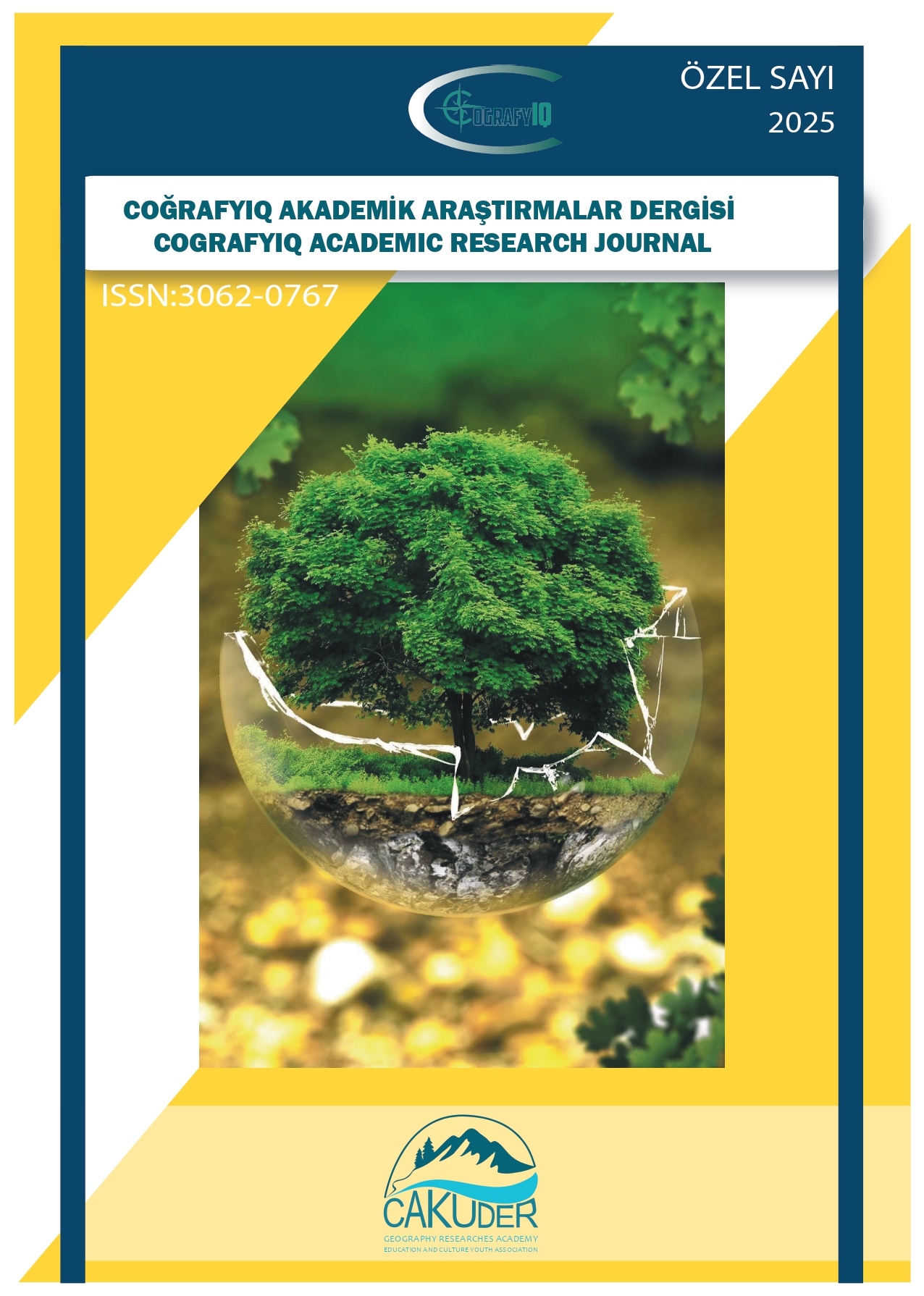Use Of Irısh Forest Ivy To Improve Quality Of Lıfe
DOI:
https://doi.org/10.5281/zenodo.14591065Keywords:
Irish Forest Ivy, Ecological Appearance, Aesthetic City Appearance, Air Pollution, Vertical GardenAbstract
The technological elements we have developed to make our lives easier in our modern life make us feel like they are hostile to the environment, tend to become concrete, and keep us away from the natural environment. As humanity, we are all aware of this. Another fact that we are aware of is the unintentional harm that occurs with the use of technology. As human beings, we always try to minimize these damages. Some of these studies are successful, some are unsuccessful. In this regard, the environmental phenomenon that disturbs us the most is visual and impact damage.
At the TMMOB Geographic Information Systems congress in 2023, when spatial analysis of air pollution parameters was made with GIS, it was revealed that they showed accumulation in certain areas. Therefore, our activities, which occur as a requirement of modern life, lead us to the conclusion that pollutants accumulate in certain areas in cities and this creates pollution islands and related heat islands.
We offer an ecological solution to the problem of this age, where air pollutants accumulate and heat islands and concretion appear, in line with the understanding of responsibility and to increase the visual and air quality of modern life. With our project, we aim to make our environment look beautiful and to eliminate or at least reduce some of the harms of technological elements that make our lives easier.
When you look at the cities built by people, the houses they build to live in and the roads they build for transportation, construction, concrete and asphalt appear as civilization. What we lack is expressed as our aesthetic understanding . Then, we can make the highway sections, which we describe as sunken or bridged, more aesthetic. While doing this, we will increase our quality of life and evaluate the environment in accordance with the concept of sustainability.
References
Aksu, C.2011 “Sustainable Development and Environment” GEKA action plan.
Akyürek,Ö.-Arslan, O.-Karademir,A.2013.Spatial Analysis of SO2 and PM10 Air Pollution Parameters with Cbs. TMMOB Geographic Information Systems Congress
Aytin, B.K.-Ovalı, P.K., 2016. Contributions of Roof Gardens to Urban Life. İnönü University Art and Design Magazine.
Çolak, Alper Hüseyin.2001.”Nature Conservation in the Forest (Concepts, principles, strategies, precautions)”, General Directorate of National Parks and Hunting-Wildlife, Ankara.
Elkoca, E. 2003. Air Pollution and Its Effects on Plants, Atatürk University, Faculty of Agriculture Journal 34(4) page 367
Göçen, İhsan.2011. Eco-Efficiency Approach to Carbon Dioxide (CO 2 ) Emissions of Land Transportation Vehicles. E-article.
Güçlü, Kamuran.1993.”Increasing the Green Texture on Highways”, Atatürk University Faculty of Agriculture Journal 24/1, Erzurum.
Han, Ergün-Kaya, Ayten Ayşen.2008.”Development Economics Theory and Policy.” Nobel Publications 6th edition.
Air Pollution Report.2023. TMMOB Chamber of Environmental Engineers.
Keleş, N.2017.”Reflections” e-book.
Kuşçu Şimşek, Çağdaş-Şengezer, Betül.2012. “The Importance of Green Areas in Reducing Urban Heating in the Istanbul Metropolitan Area”. Megaronjournal volume 7, issue 2.
Lynch, Kevin.2016. “City Image”, Türkiye İş Bankası Cultural Publications. 6th edition.
Müezzinoğlu, A. 1987. Principles of Air Pollution and Control 9 Eylül University publications Publication number: 0908.87.
Şahin, Abbas.2014.”The Effect of Vertical Distribution of Tree Species and Habitat Factors in Planning Forest Resources: Uludağ Example”.2. National Mediterranean and Environment Symposium.
Tüfekcioğlu, İrem.2010 “Gardens that Defy Gravity”, Geo-Turkey Magazine 12/10.
Downloads
Published
How to Cite
Issue
Section
License
Copyright (c) 2024 Halil Mesut Baylak

This work is licensed under a Creative Commons Attribution 4.0 International License.



